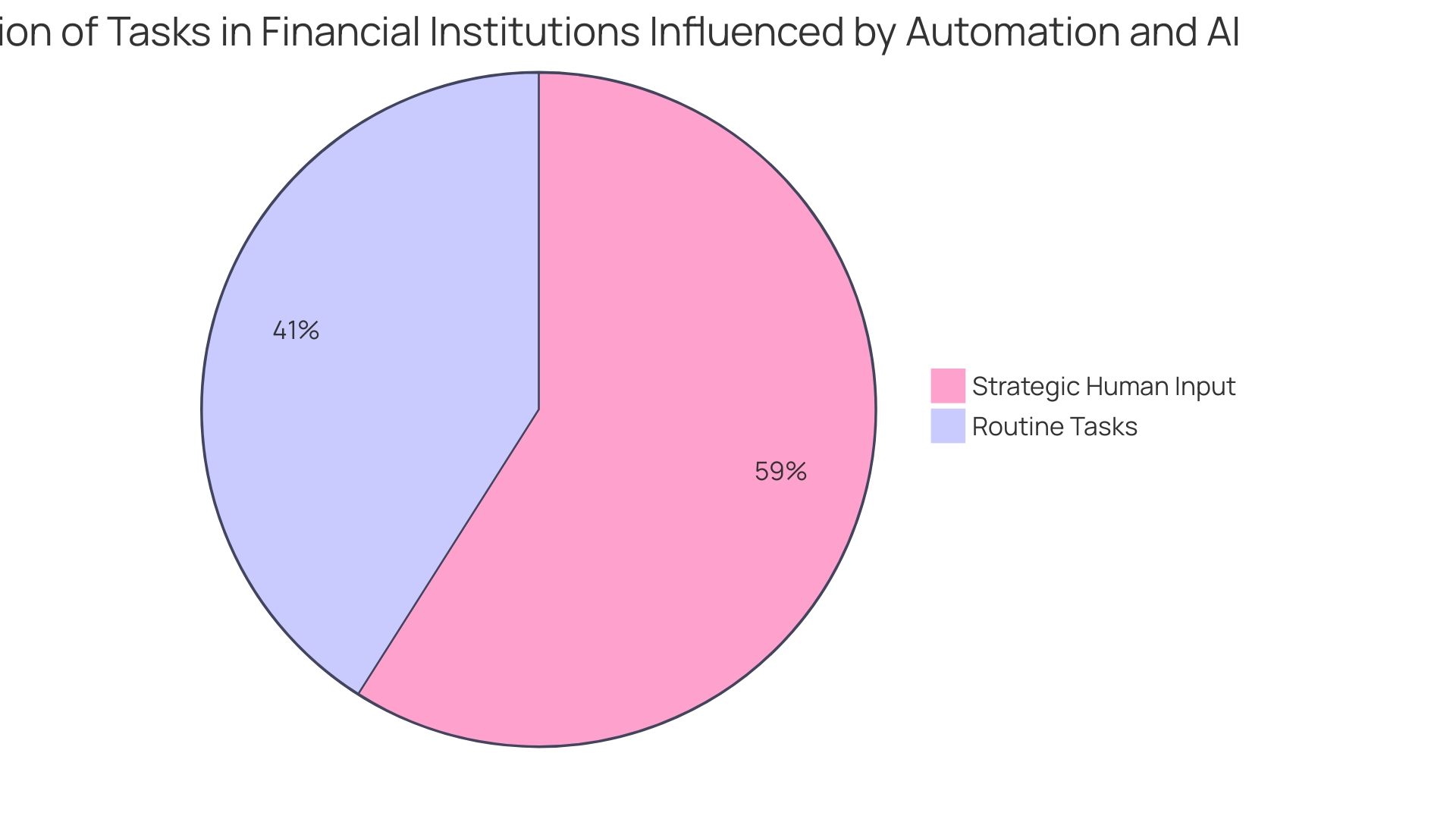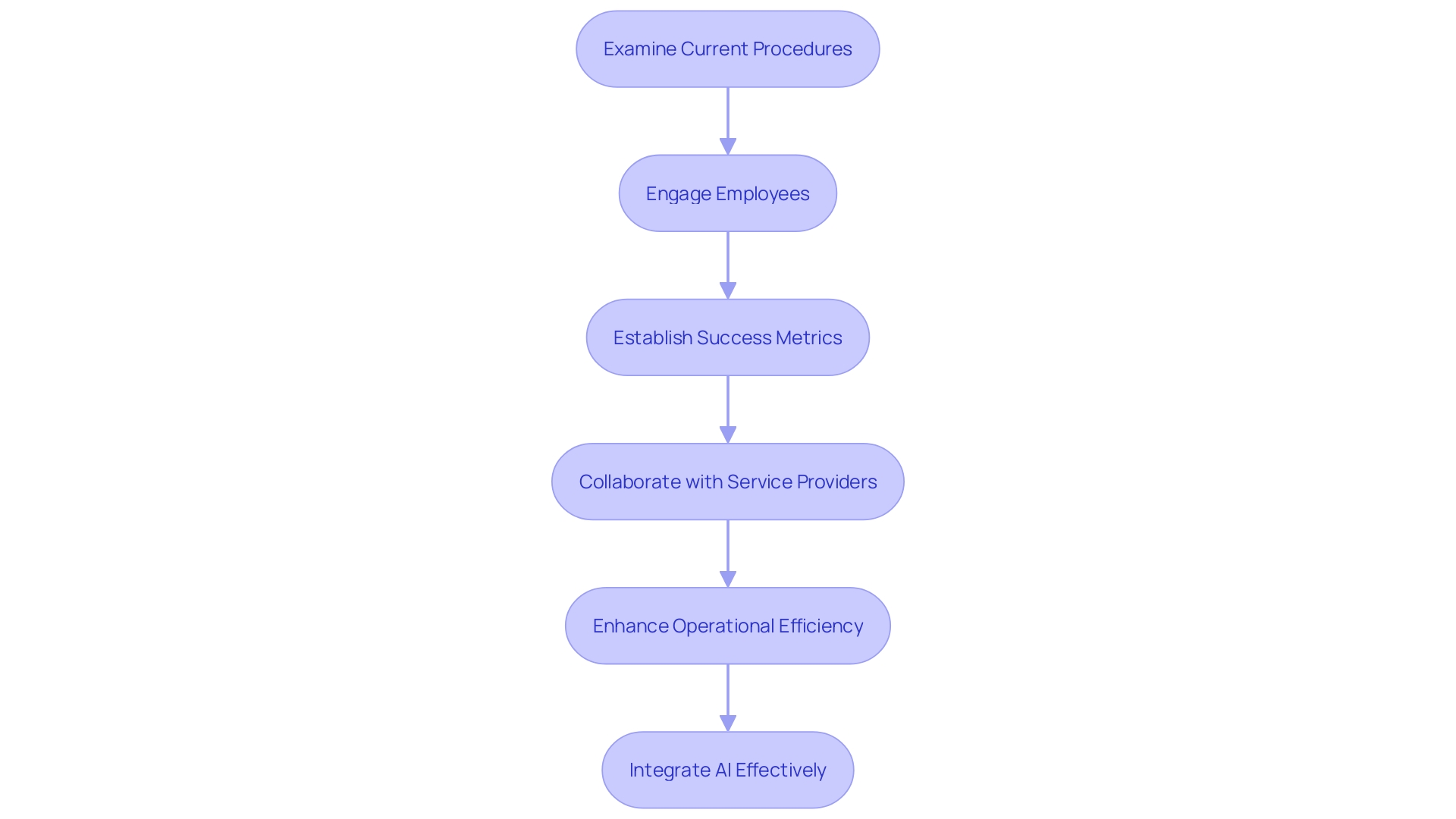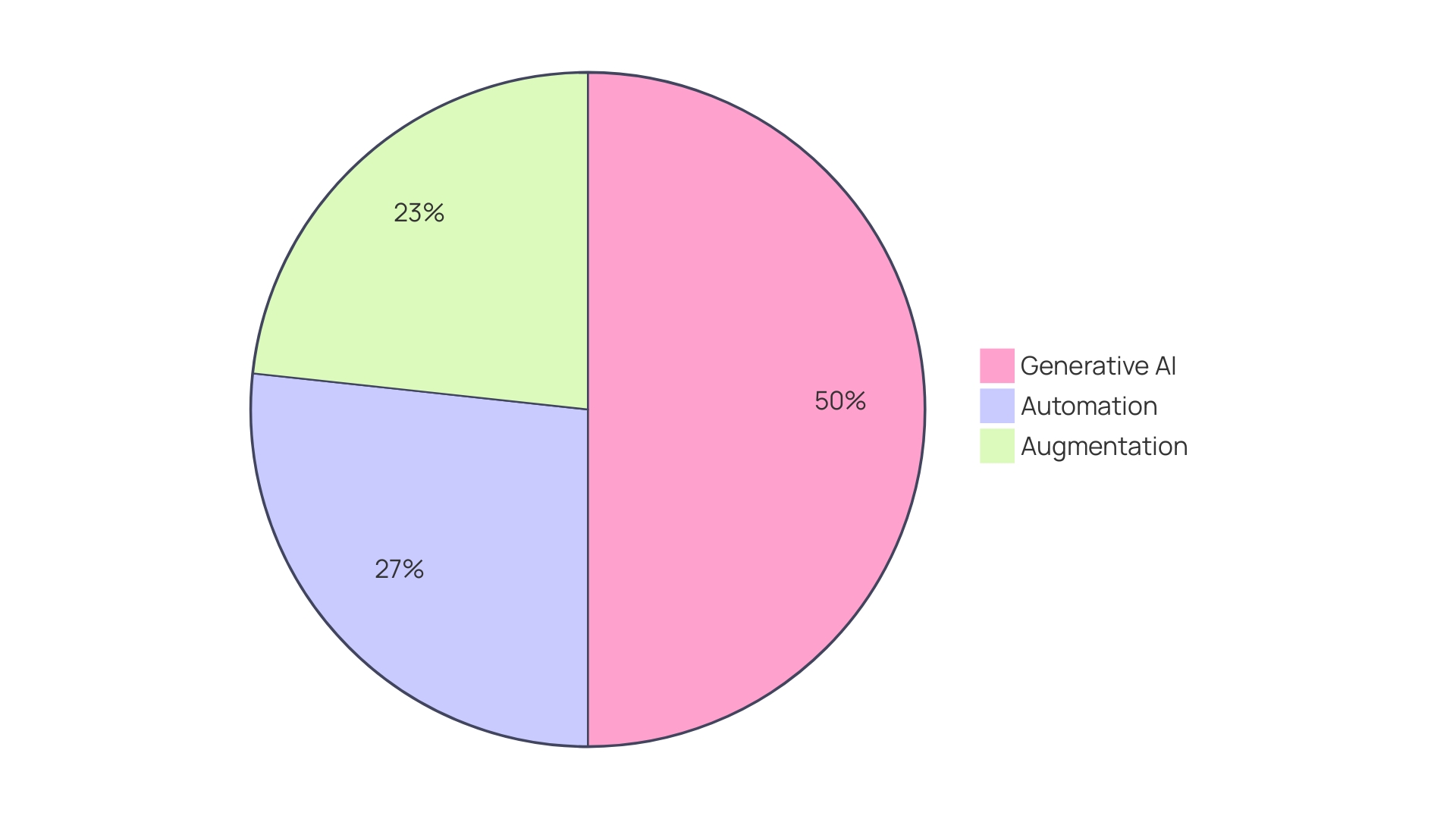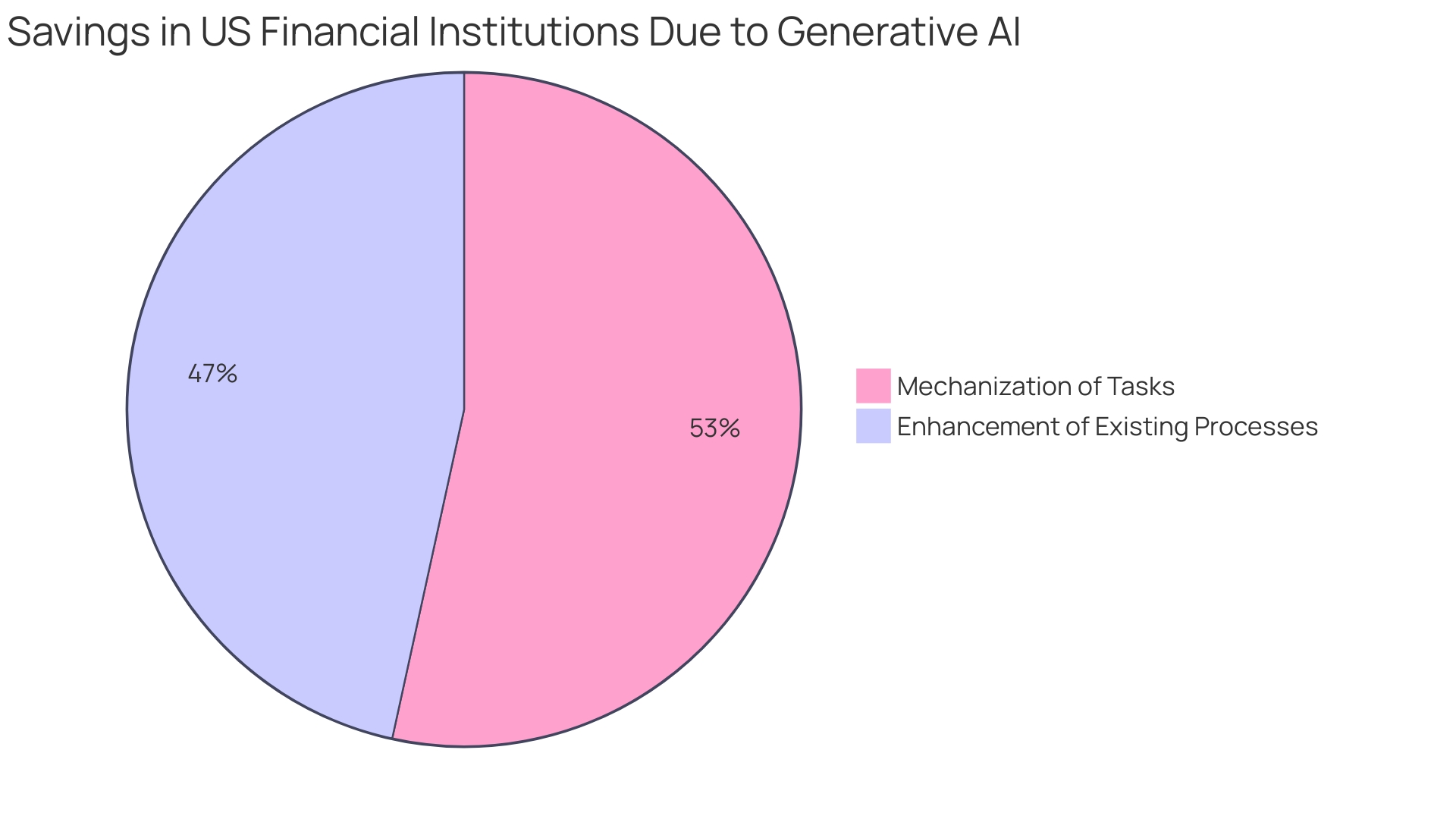Introduction
Automation is revolutionizing the banking industry, driven by the need for enhanced efficiency, cost reduction, and improved customer experience. Financial institutions are increasingly turning to advanced technologies like robotic process automation (RPA) and artificial intelligence (AI) to streamline operations, reduce manual errors, and minimize operational costs. Banks such as M&T Bank and Capital One have embraced digital transformation, leveraging technologies to maintain high standards in code quality, regulatory compliance, and innovation.
AI’s impact on the financial sector is profound, with significant potential to automate and augment tasks across all levels of a bank. This transformation not only improves operational efficiency but also enhances customer experiences by providing real-time, personalized services. However, the journey towards automation is not without its challenges.
Banks must navigate employee resistance, complex system integrations, and stringent regulatory requirements to successfully implement these technologies.
By adopting a strategic approach to automation, including thorough process analysis, proactive employee engagement, and strong partnerships with technology providers, banks can harness the full potential of AI and automation. This ensures they remain competitive in an evolving digital landscape, ultimately driving long-term success and innovation.
Key Drivers of Automation in Banking
Automation in banking is primarily driven by the need for enhanced efficiency, cost reduction, and improved customer experience. Financial institutions are increasingly recognizing that mechanization can streamline operations, reduce manual errors, and minimize operational costs. The incorporation of sophisticated tools, such as robotic process automation (RPA) and artificial intelligence (AI), enables financial institutions to manage large quantities of transactions effortlessly.
For example, M&T, a leading full-service U.S.-based commercial institution, has embraced digital transformation to maintain high standards in code quality and regulatory compliance, ensuring smooth and secure operations. Capital One, another major player in the financial sector, leverages cloud technology and collaborative platforms like Slack to promote a culture of innovation and efficiency.
AI has become a game-changer in the financial industry. Based on Accenture’s analysis, 73% of the time utilized by U.S. financial institution staff has a high potential to be affected by generative AI, with 39% by mechanization and 34% by enhancement. This potential reaches virtually every part of a bank, from the C-suite to the front lines of service.
Moreover, the increasing demand for real-time services and tailored financial experiences drives organizations to embrace mechanized solutions that deliver prompt, precise responses to customer requirements. Transparent communication about the capabilities and limitations of automated systems is vital for building trust and managing customer expectations. Continuous staff training and development are also crucial to strike the right balance between digital and human-led experiences.
In summary, automation in financial services not only enhances operational efficiency and reduces costs but also significantly improves customer experience, positioning financial institutions for long-term success in an evolving digital landscape.
Benefits of Automation in Banking
Automation in banking offers profound benefits that extend far beyond mere operational efficiency. By automating routine tasks, financial institutions can reallocate human resources to more strategic roles, fostering a culture of innovation and enhancing customer-centric services. Automation plays a pivotal role in ensuring data accuracy and minimizing processing time, which also aids in meeting stringent regulatory standards more effectively. Furthermore, the ability to examine extensive datasets with effectiveness offers financial institutions crucial understandings of consumer behavior and preferences. These insights allow financial institutions to customize their services, thereby enhancing client relationships and satisfaction.
Incorporating machine learning models, such as supervised and unsupervised learning, has revolutionized financial operations, making data structuring and analysis more systematic and accessible. This shift has been significantly supported by tools like Python for Data Analysis and other machine learning libraries, which have laid the groundwork for more advanced analytical frameworks. According to Accenture’s analysis, 73% of the tasks performed by U.S. bank employees could potentially be influenced by generative AI, highlighting the expansive reach of automation within the financial sector.
Moreover, the application of AI in financial services is not just a future concept but a present-day game-changer. Banks that strategically implement AI stand to gain substantial competitive advantages. This transformative technology spans across various financial functions, from the C-suite to frontline services, impacting virtually every part of the value chain. For instance, occupations representing 41% of financial institution employees are engaged in tasks with higher potential for mechanization, underscoring the significant productivity improvements that early adopters can achieve over the next few years.
Ultimately, the strategic application of technology and artificial intelligence in financial services not only enhances operational efficiency but also drives greater value through improved customer experiences, compliance, and data management. This technological evolution positions banks to better navigate the complexities of the modern financial landscape while fostering a more innovative and customer-focused approach.

Challenges in Implementing Automation
Implementing automation in financial services, while advantageous, presents significant challenges. One of the primary hurdles is employee resistance. Staff members often fear job displacement or struggle to adapt to new technologies, which can impede the adoption process. For instance, TBC Bank, Georgia’s leading financial institution, faced such challenges while transforming their operations to offer a seamless digital banking experience.
Another major challenge is the complexity of integrating automation with existing systems. This integration often necessitates substantial investments in both systems and training. M&T Financial Institution, one of the leading U.S.-based commercial entities, acknowledged these challenges as they endeavored to create organization-wide Clean Code standards to enhance software maintainability and performance. Such efforts are critical in ensuring the smooth running of operations and maintaining high levels of security and compliance.
Compliance with regulatory requirements adds another layer of complexity. Banks must ensure that their automated processes meet industry standards to avoid penalties and maintain customer trust. The financial sector, heavily reliant on data, must adhere to stringent regulatory requirements to protect sensitive information. The rapid adoption of new technologies necessitates that banks continuously update their systems to remain compliant, as highlighted in a recent issue of the e-journal Ethics & Armed Forces, which emphasized the importance of robust regulatory frameworks in industries integrating advanced technologies.
In summary, while mechanization promises enhanced efficiency and innovation in financial services, overcoming employee resistance, managing complex integrations, and ensuring regulatory compliance are critical to successful implementation.
Best Practices for Automation in Banking
To successfully execute mechanization in banking, a strategic approach is essential. Start with a thorough examination of current procedures to identify areas ready for mechanization. ‘This methodical assessment is critical, as it allows institutions to identify and prioritize the most impactful opportunities for mechanization, ensuring a targeted and efficient implementation.’.
Engaging employees throughout the transition period is equally important. This engagement can mitigate resistance and foster a culture of innovation. As experts emphasize, combining mechanization with AI can significantly boost creativity and productivity, but it also presents challenges related to employment displacement and skill development. Therefore, inclusive communication and training programs are vital to help employees adapt and thrive in an automated environment.
‘Establishing clear metrics for success is another cornerstone of a strategic mechanization approach.’. By establishing and monitoring specific objectives, banks can assess the effect of mechanization on operational efficiency and make data-informed modifications as necessary. ‘According to a McKinsey study, companies that effectively harness digital and AI tools not only generate value more quickly but also create a significant competitive edge over their peers.’.
Collaborating with service providers can enhance the seamless incorporation of mechanization solutions. Partnering with knowledgeable suppliers guarantees that the selected innovations correspond effectively to the particular requirements of the financial sector, from transaction processing to adherence with Anti-Money Laundering (AML) regulations. ‘Real-world instances, such as Capital One’s method for system rollouts, highlight the significance of engaging varied stakeholders and applying quantitative planning methods to manage the intricacies of large-scale mechanization projects.’.
In summary, a strategic method for mechanization in financial institutions entails comprehensive process examination, proactive staff involvement, clear success indicators, and robust collaborations with service providers. This multi-faceted strategy not only improves operational efficiency but also enables banks to utilize the full potential of AI and automated systems.

Trends in Banking Automation for 2024
As the financial environment changes, several trends are arising in mechanization for 2024. AI-driven chatbots are increasingly adopted for customer service, offering 24/7 support and handling multiple languages. This technology can manage peak workloads, reducing the need for large customer service teams. For instance, ING’s generative AI chatbot, developed with McKinsey, significantly cuts the number of customer queries requiring live agents.
The emergence of open banking will drive financial organizations toward more cohesive technological solutions, facilitating smooth data exchange and service provisions. Predictive analytics will also become more prevalent, allowing financial institutions to anticipate customer needs and enhance service delivery. Accenture’s analysis indicates that 73% of the time utilized by U.S. financial institution employees could be influenced by generative AI, with 39% by mechanization and 34% by enhancement. This potential spans from the C-suite to front-line services, promising significant productivity improvements.
Regtech, involving tools like AI and blockchain for compliance tasks, will gain prominence due to increasing regulatory complexities. These trends highlight a transformative journey, balancing innovation with responsibility, and setting a stage for a more efficient, customer-centric, and ethical financial future.

The Role of AI and Gen AI in Banking Automation
Artificial intelligence, especially generative AI, is set to revolutionize financial tasks. With Ai’s ability to analyze vast data sets for actionable insights, and generative Ai’s capacity to generate personalized customer interactions, the potential for innovation is immense. This technology allows financial institutions to automate intricate tasks like risk assessment and fraud detection with unprecedented accuracy. As stated by Accenture, 73% of the time utilized by US financial institution personnel could be affected by generative AI—39% via mechanization and 34% through enhancement, emphasizing its extensive influence across all roles in finance. Ing’s collaboration with McKinsey to develop a sophisticated customer-facing chatbot exemplifies the practical application of generative AI, resolving 40-45% of customer queries in their core market. As financial institutions continue to invest decisively in AI, they stand to gain significant advantages, enhancing efficiency, customer satisfaction, and overall operational productivity.

Strategic Insights for Effective Automation
To harness the full potential of mechanization, banks need a strategic vision that aligns with their overarching business goals. This approach is illustrated by TBC Bank, which has successfully transformed its large-scale operations into a flexible, continuous delivery model, thereby enhancing time-to-market for digital products and improving the banking experience for both customers and employees.
Continuous monitoring and iterative improvements are paramount, as evidenced by M&T Bank’s commitment to maintaining high-quality software and compliance standards. Their experience underscores the importance of adapting to technological advancements and market shifts to avoid costly security breaches and operational disruptions.
Moreover, developing a workforce proficient in technologies related to automated processes is essential. This is emphasized by the fact that over 73% of the time utilized by US financial institution employees has high potential for impact through generative AI, with 39% attributed to automation and 34% to augmentation. By fostering a culture of innovation and embracing change, banks can not only streamline operations but also deliver superior wealth management solutions.
A clear example of this can be seen in the increased investment in digital initiatives across the financial sector. Despite the challenges of digital transformation, a set of leading companies have managed to harness digital and AI technologies more effectively, gaining significant competitive advantages. This trend towards comprehensive digital adoption is transforming every aspect of banking, from risk management and operations to HR and customer service, demonstrating the broad benefits of a well-executed automation strategy.

Conclusion
The banking industry’s shift toward automation is driven by the need for greater efficiency, cost reduction, and improved customer experiences. Financial institutions are increasingly leveraging technologies like robotic process automation (RPA) and artificial intelligence (AI) to streamline operations and minimize errors. Success stories from banks such as M&T Bank and Capital One illustrate how digital transformation can enhance compliance and innovation, positioning these institutions competitively.
Automation not only improves operational efficiency but also fosters a culture of innovation and customer-centric services. By reallocating human resources from routine tasks to strategic roles, banks can strengthen customer relationships through personalized services. AI further enhances this by providing valuable insights into customer behavior.
However, challenges like employee resistance, complex integrations, and regulatory compliance must be addressed. A strategic approach that includes thorough process analysis, employee engagement, and partnerships with technology providers is crucial for overcoming these obstacles and maximizing the benefits of automation.
Looking ahead, trends such as AI-driven chatbots, open banking, and regtech will redefine customer interactions and compliance practices. By embracing these innovations and investing in workforce development, banks can navigate the complexities of modern finance, enhance operational efficiency, and deliver exceptional value to customers, paving the way for a more innovative and customer-focused banking future.

